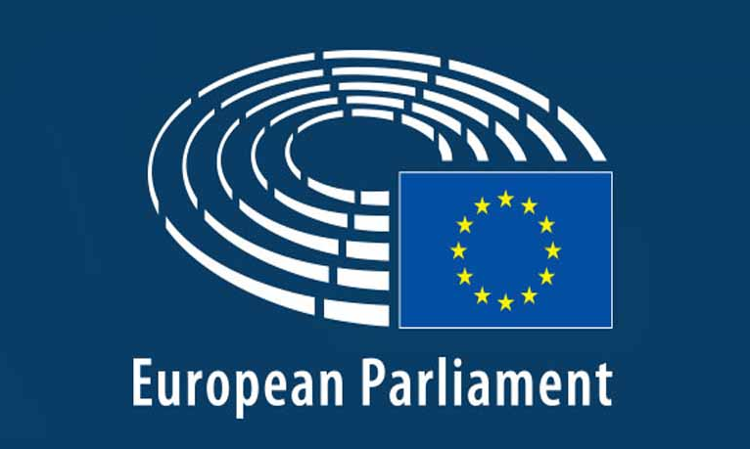- Home
- /
- International
- /
- European Parliament Approves...
European Parliament Approves Migration Reform
Rajesh Kumar
17 April 2024 8:30 AM GMT
The European Parliament approved a legislation which brings substantial reform aimed at tightening the EU's migration and asylum rules marks a significant milestone after years of negotiations. The EU Asylum and Migration Pact, under discussion since 2015, is slated to come into effect within the next two years. One of the primary objectives of the pact is to streamline the...
The European Parliament approved a legislation which brings substantial reform aimed at tightening the EU's migration and asylum rules marks a significant milestone after years of negotiations. The EU Asylum and Migration Pact, under discussion since 2015, is slated to come into effect within the next two years.
One of the primary objectives of the pact is to streamline the asylum process, ensuring timely examination of claims while facilitating the swift return of irregular migrants to their home countries. Against the backdrop of last year's surge, with approximately 380,000 individuals illegally crossing EU borders – the highest number since 2016 – the need for cohesive and effective migration policies has become increasingly apparent.
Central to the reform is the principle of "mandatory solidarity," compelling EU member states to share responsibility for asylum seekers. Frontline countries such as Italy, Greece, and Spain, which bear the brunt of migrant arrivals, are slated to receive support from other member states. This assistance may involve the relocation of migrants, provision of additional resources, or financial contributions to address the challenges posed by irregular migration.
Key provisions of the law include:
- 1.Member states of the EU are obligated to share responsibility for asylum seekers. This entails either accepting migrants from frontline countries, such as Italy, Greece, and Spain, or providing support in the form of funding, resources, or other assistance.
- 2.The pact aims to expedite the asylum process, ensuring that claims are examined promptly. It sets a maximum timeframe of 12 weeks for processing asylum requests, with enhanced pre-entry screening procedures to facilitate swift identification of eligible individuals.
- 3.The law introduces stricter border control measures, including biometric data collection, health checks, and security screenings for migrants entering EU territory.
- 4.The pact includes provisions for the swift return of irregular migrants to their home countries.
- 5.The law encourages enhanced cooperation among EU member states to address the challenges posed by irregular migration. This includes mechanisms for sharing information, resources, and expertise to improve overall migration management.
Human rights organizations and NGOs have expressed concern that certain provisions of the pact may compromise the protection of asylum seekers, particularly those with low chances of acceptance. Critics have raised objections to the inclusion of measures that allow for the detention of migrants during screening processes. They argue that detention should be used sparingly and only as a measure of last resort, with strict safeguards in place to prevent arbitrary detention and ensure the protection of detainees' rights.


